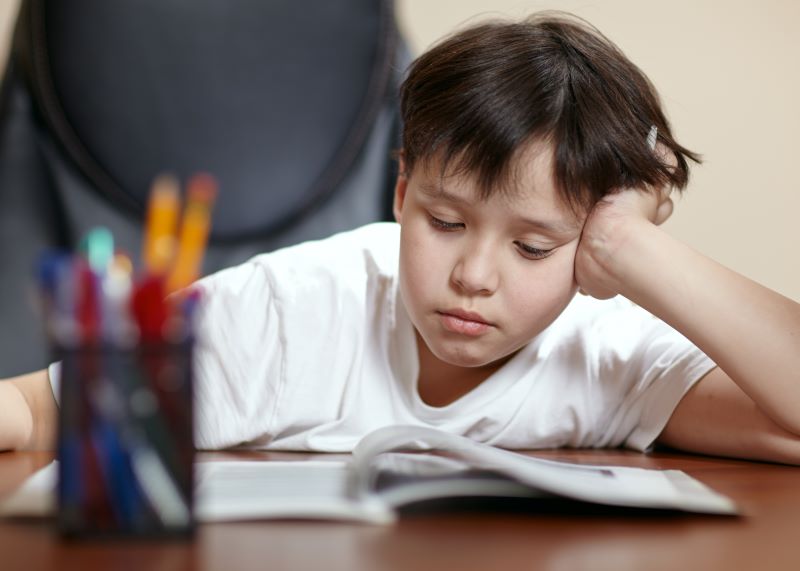Spotting Fake News is Vital for Your Child’s Reading and Writing Skills

The current millennium has lent us powerful tools of communication through media which is great for self-expression, especially on the internet. This can be a great way for your child to find self-expression in the future through blogging, or even on social media. However, the benefits of self-publishing on the internet don’t come without some downfalls. Self-publishing means that anyone can write on the internet. This eventually leads to writing that is dishonest, incorrect, and misleading- traits your child should avoid.
If your child can spot fake or dishonest writing, it can help make their own writing truthful and factual (unless they’re writing fiction, of course). An article published in the CNN website highlighted a Maryland school-teacher teaching her 11-year-old students how to differentiate propaganda from real news. She handed each student an article about a celebrity shaving her head bald. The story was fake news.
From the same CNN article, a teacher in Atlanta pushed the issue even further by telling his students to find an article that interested them online, and then try to find what looked false within the article. The result was feedback from students saying that they view internet news in a different way because of the exercise, and that they will start looking for the cues needed to distinguish real news from the fake.
So, how can you teach your child to be aware of the truth on the internet? You can start by finding a fake news article and sharing it with them as the teachers in the CNN article did. You can also advise them to ask themselves the following questions when reading an online article:
- Does the article have a byline (CNN)? Is the author’s name present?
- Is the headline of the article in all caps? (CNN) This might be done only to grab the attention of the reader without the promise of a factual article.
- What website is the article from? Does it look reliable? Do many articles in the website seem exaggerated or joke-like?
- Does the content in the article seem more like fiction than non-fiction?
- Do you think it’s important for other people to know the content in the article?
- Is it heavily circulated on social media platforms like Facebook? These articles tend to be sensationalized for entertainment.
- Is this news being shared by other news sources? More often than not, real news will be shared by more than one news source (unless the news comes from a smaller location, like a town/city news website).
- Are there citations available in the article (if needed)?
- Does the article have many grammar mistakes?
These guidelines will not only help your child distinguish fake news from real news, but it will also introduce the concept to their own writing. Your child will eventually start writing academic papers that will need to be factual and truthful. Introducing them to these ideas while they’re young will open their eyes to what they’ll experience in both online media, and the academic world.
CNN article obtained from: http://www.cnn.com/2017/03/29/health/school-kids-fight-fake-news-trnd/





